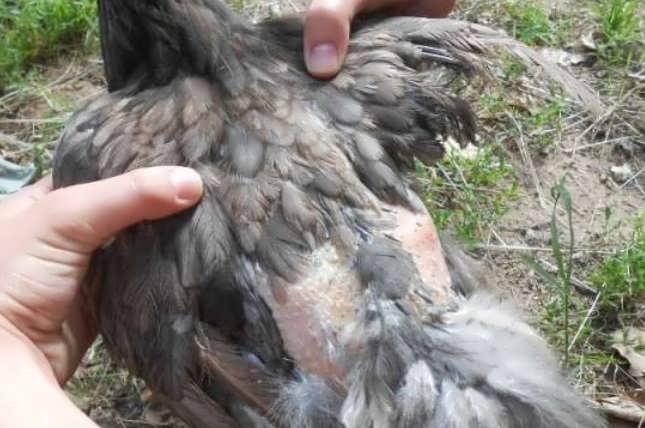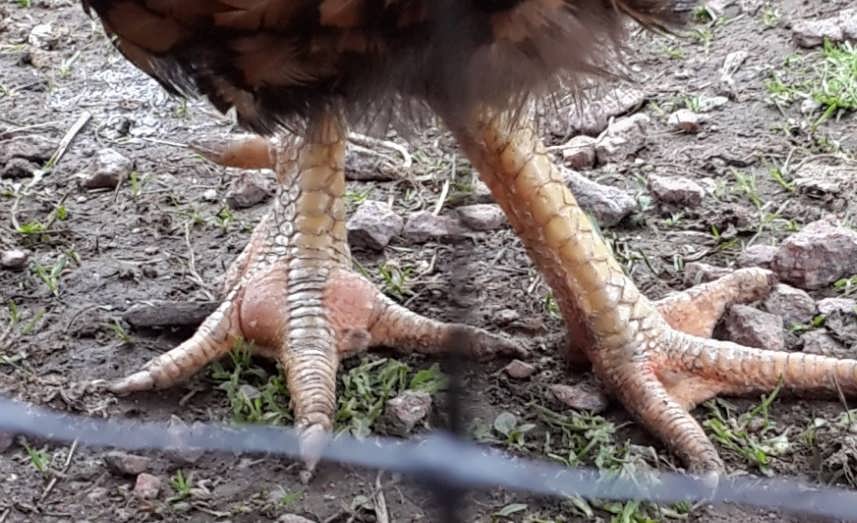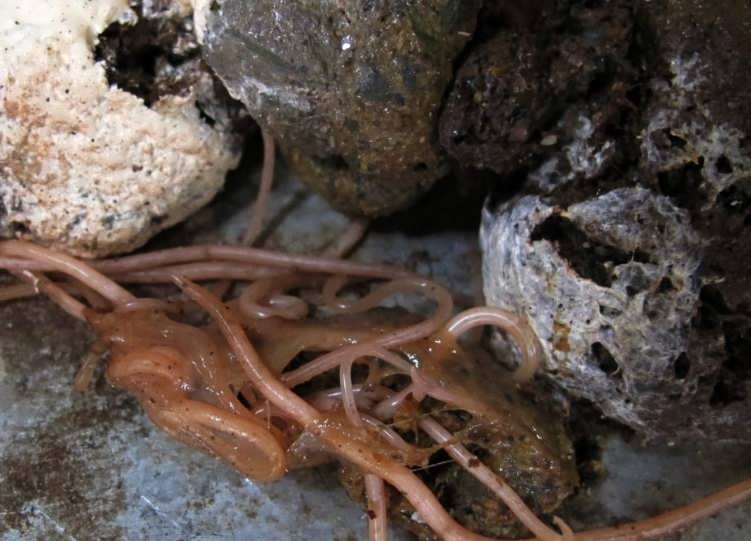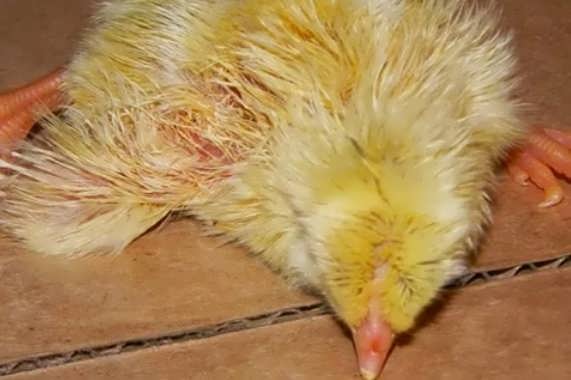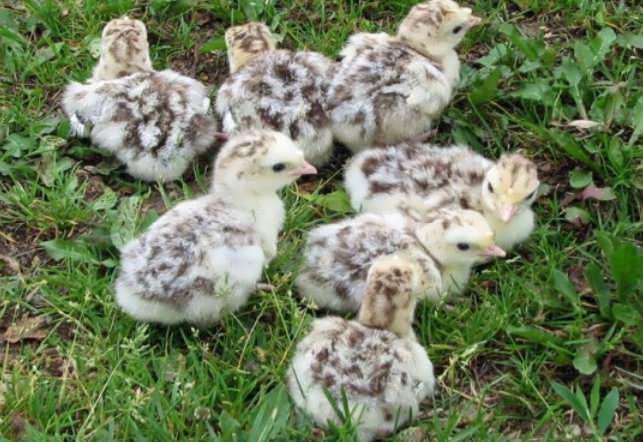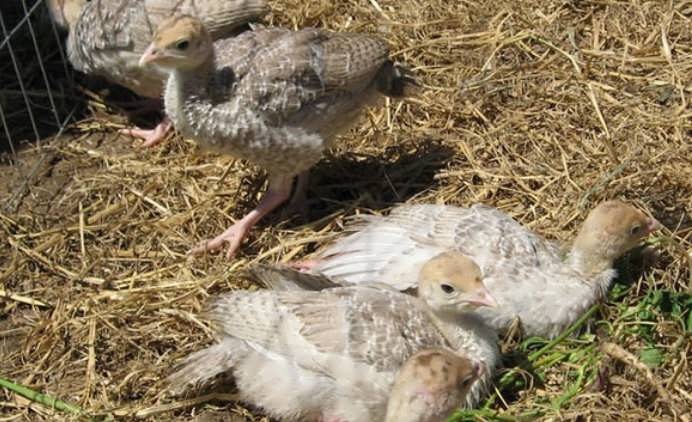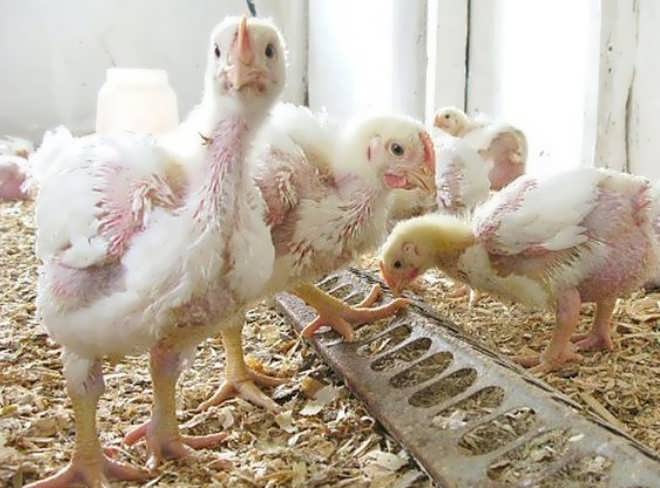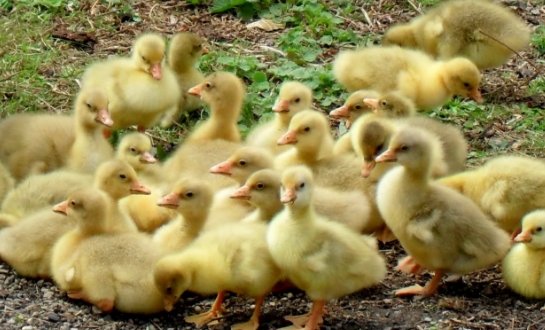Keeping poultry in a private backyard, poultry farmers are not always aware of particularly dangerous diseases. Meanwhile, Marek's disease in chickens can carry away from 30 to 90% of the livestock. Is the disease so dangerous and how to prevent it?
Brief information about the pathogen
Marek's disease, or encephalomyelitis, is a dangerous and highly contagious disease of chicken representatives. A special "revelry" of DNA containing a virus had in the middle of the last century. The disease has been recorded in birds (mainly chickens) on all continents and affected a significant number of birds.
With the development of highly effective vaccines, the disease rarely "slips". You can bring the virus into the farm with a new poultry population. If the virus enters the territory of a large poultry farm, then after a while the birds of the private farmstead of the settlement also begin to show a clinic.
The virus is quite resistant to sub-zero temperatures, but heating quickly inactivates it. At 60 ᵒC, virions lose their pathogenicity after a few minutes. Bird droppings retain the virus for 16 weeks.
Virus carrying and its excretion from the body occurs throughout life. Although the bird recovers, it is quite capable of infecting other individuals.
The possibility of infection depends on:
- virulence of the pathogen (strength of the strain of the virus);
- bird immunity;
- conditions of detention (young animals should be grown separately from adult livestock);
- the purity of the formation of the herd (it is necessary to import hatching eggs and young animals only from regions and farms that are safe for the disease).
Symptoms
The latent period is quite long. From the moment the virus enters to the onset of symptoms, it takes from 1 to 7 months. Most often, the disease is recorded in chickens aged 30-160 days.
The main signs point to changes in gait:
- the bird moves uncertainly;
- disorderly;
- staggering;
- lame;
- stopping.
With the development of the process, paralysis is possible both in one limb and in both, as well as wings, neck, and tail. The bird sits down, then lies down on the pectoral muscle and stretches the limbs (one or both).
If the neck is paralyzed, it will be twisted and the crest will be significantly inclined towards the ground. If the pathology affects the optic nerve, then chickens lose their sight. At the same time, both eyes are rarely involved in the process, more often only one. A special sign that helps to diagnose is gray-eyed. The change in the iris captured not only the color (it changes to gray), but also the shape of the pupil. Various options are possible: pear-shaped, slit-shaped, reduced to poppy seeds, even in the form of stars. Sometimes there is a complete disappearance.
Temperature increase was not recorded. Signs include:
- reduced or complete lack of appetite;
- emaciation;
- disruption of the gastrointestinal tract;
- anemia of the comb and earrings;
- cyanosis of visible mucous membranes;
- decrease, then cessation of egg production.
If the course is chronic, symptoms may appear sluggish. At the same time, the disease should be differentiated from fowl plague, influenza, Nucastle disease, beriberi E, D, B
Treatment
The disease is diagnosed in a veterinary laboratory by performing a bioassay on chickens. If the diagnosis is established, quarantine restrictions are imposed on the farm:
- the bird is beaten out;
- carry out mechanical cleaning and cleaning;
- carry out disinfection measures;
- the import and export of poultry and eggs is prohibited;
- egg incubation is stopped.
It is possible to bring chickens to the farm only after one month after the full course of events. Quarantine restrictions are removed after 6 months of growing poultry without clinical symptoms.
If isolated cases are detected, symptomatic birds are culled and the eggs are released after treatment with formaldehyde vapor.
If the bird has not been previously vaccinated, then day-old chickens are vaccinated. Further formation of the herd is carried out by immunized birds.
Therapeutic measures have not been developed. Treatment with acyclovir is sometimes practiced by private poultry houses, but at the moment there is no clinical evidence of the effectiveness of the drug against Marek's disease. The use of effective vaccines has made the disease practically harmless, and work on drugs for treatment is not advisable.
Prevention is a completely different matter. Prior to the introduction of vaccines in the world, the losses from Marek's disease amounted to colossal sums. The death was huge and took up to 70% of the livestock. With the introduction of vaccines, many countries of the world have completely eliminated the disease.
Vaccination can be carried out with well-established drugs:
- bivalent cultural virus vaccine against Marek's disease (herpes strain of ARRIAH chickens);
- live culture from strain FS-126 (Kursk biofactory, biocombine Schelkovo);
- TAD Marek vac forte (Germany);
- Poulvac Marek HVT (USA).
These drugs have proven themselves well, create lifelong immunity. It should be understood that by vaccinating chicks at 1 day of age, no immediate immunity can be expected. It is formed in the body for 21 days.
The introduction of the vaccine is carried out according to the instructions, intramuscularly or subcutaneously at a dose of 0.2 ml.
Only a laboratory can diagnose Marek's disease. If a bird begins to show symptoms of a disease, there is no point in immediately rushing to vaccines. In this case, you should consult with specialists and clarify the epizootic situation in the area. If the disease is not fixed at large poultry farms in the region, then the suspicion of a viral contagious disease cannot fall.

